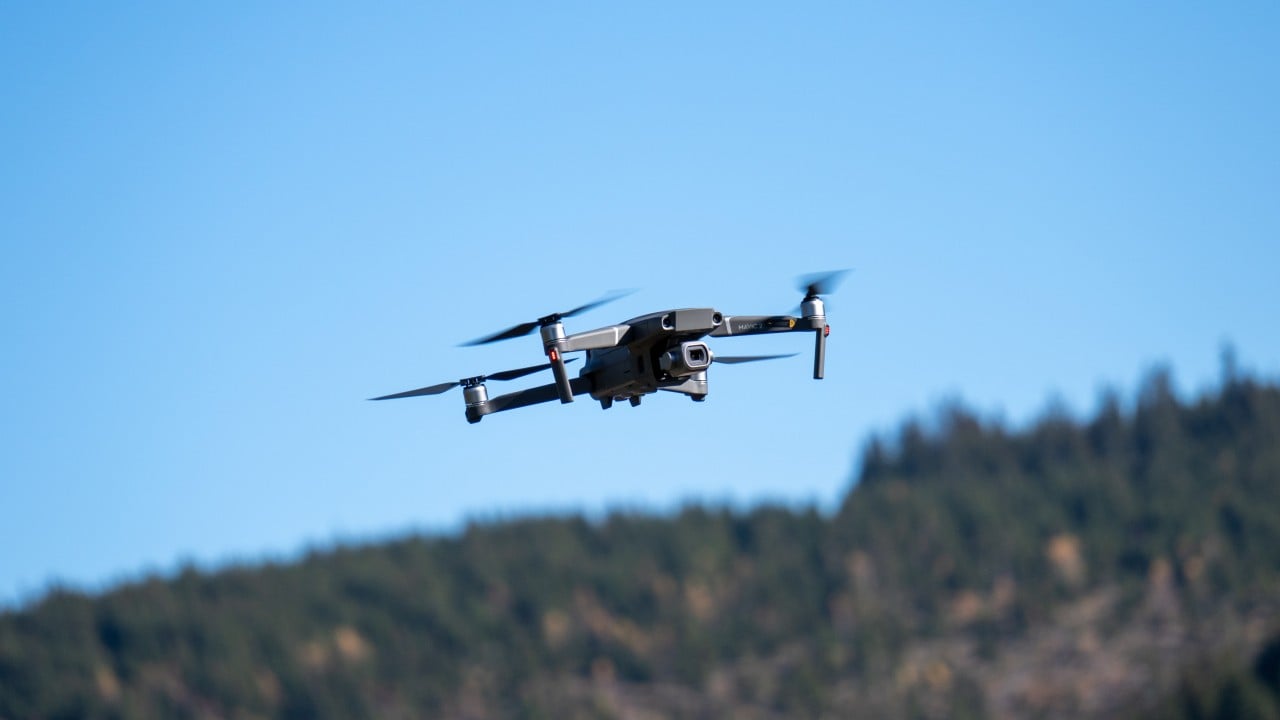Published: 1:06pm, 9 Dec 2024Updated: 3:42pm, 9 Dec 2024
A new approach to digital imaging promises to ramp up resolution, with potential applications in astronomy and remote sensing, according to its developers.
Advertisement
The approach – developed by the Chinese Academy of Sciences’ Aerospace Information Research Institute – uses multiple images, rather than one, to get an accurate picture of light signals.
The result is a 15-fold increase in image resolution, the team said in a paper published in the peer-reviewed journal Laser & Photonics Reviews, on November 11.

Much like traditional film imaging, digital image sensors (DIS) capture light by sampling the light field. However, in digital sensors, light signals are converted into electrical signals for storage.
The chips used to store that information have improved but the sampling resolution of such sensors is still much lower than that of optical film.
To overcome these limitations, the team led by Zhang Ze developed a technology called hyper-sampling imaging (HSI).
Advertisement
HSI stacks multiple images and uses complex mathematical algorithms to recalculate photon distribution.
A key parameter in digital imaging is quantum efficiency (QE), which measures how sensitive a single pixel is to light.

